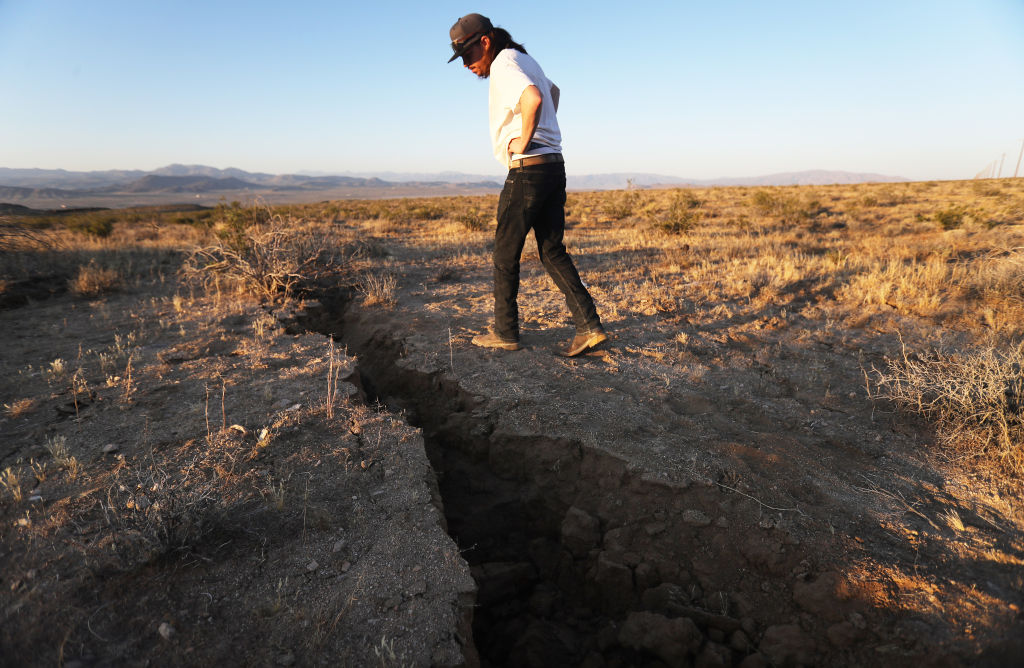As Aftershocks Rattle Southern California, a More Powerful Earthquake Could Soon Strike, Experts Warn

Aftershocks continue to rumble through Southern California after the region was hit by a 6.4-magnitude earthquake Thursday (July 4) morning. Experts are warning that a bigger earthquake could strike in the coming days.
The quake, centered on Ridgecrest, west of Death Valley, was the strongest to hit Southern California in nearly 20 years. The effects could be felt as far as Los Angeles and Las Vegas, according to the U.S. Geological Survey (USGS).
Following the main quake, there have been at least 159 aftershocks that were of magnitude 2.5 or greater, according to CNN. Friday (July 5) morning, a magnitude-5.4 aftershock shook the region.
Aftershocks will likely continue to hit the region in the coming week, experts said. In fact, there is a 9% chance that one or more aftershocks of magnitude 6.4 or higher will rattle the region, according to the USGS. [The 10 Worst U.S. Natural Disasters]
California is a seismically active area sitting on multiple fault lines, including the San Andreas Fault, which is due for a catastrophically large earthquake, or the "Big One."
This temblor probably didn't affect the chances of the Big One to hit, as it was pretty far from the San Andreas Fault. But it likely increased the seismic stress in the area of the magnitude-6.4 earthquake, and thus increased the chances of more future earthquakes in that region, according to the Los Angeles Times.
So far, no deaths have been reported, but there were several fires, damage to power lines and some gas leaks. It's estimated that the damage will cost between $10 million and $100 million to repair.
Get the world’s most fascinating discoveries delivered straight to your inbox.
- In Photos: The Great San Francisco Earthquake
- Top 11 Deadliest Natural Disasters in History
- Natural Disasters: Top 10 U.S. Threats
Originally published on Live Science.

Yasemin is a staff writer at Live Science, covering health, neuroscience and biology. Her work has appeared in Scientific American, Science and the San Jose Mercury News. She has a bachelor's degree in biomedical engineering from the University of Connecticut and a graduate certificate in science communication from the University of California, Santa Cruz.


